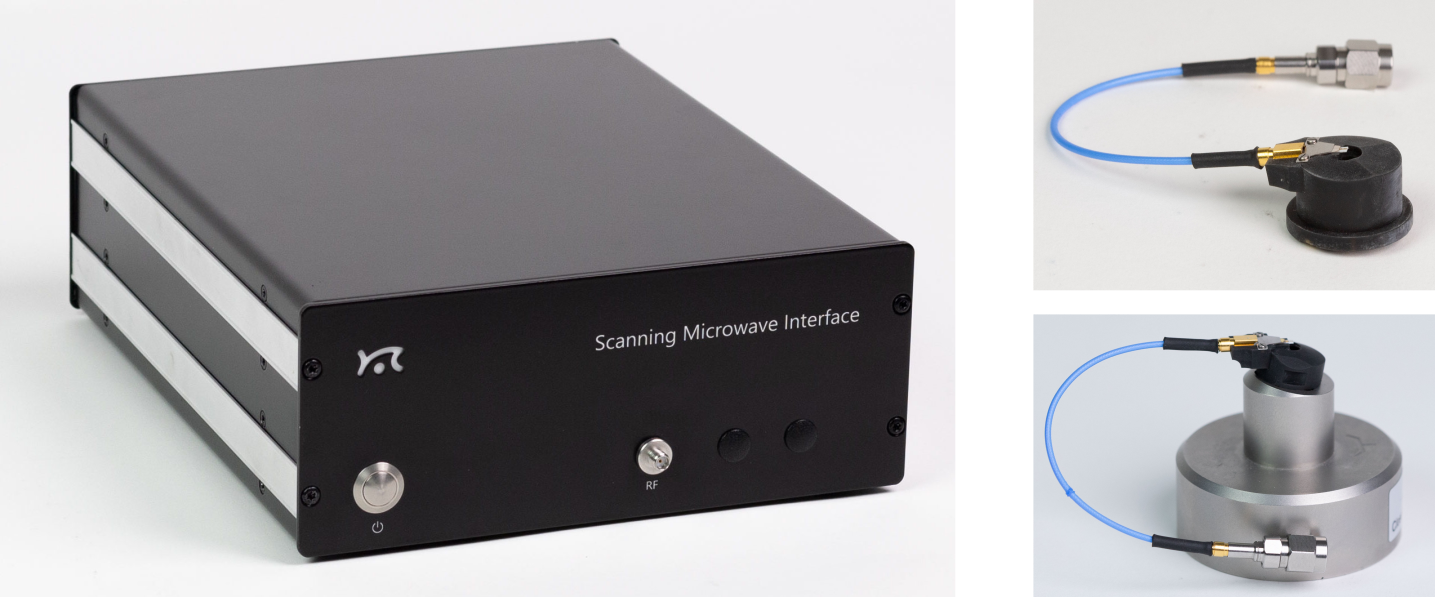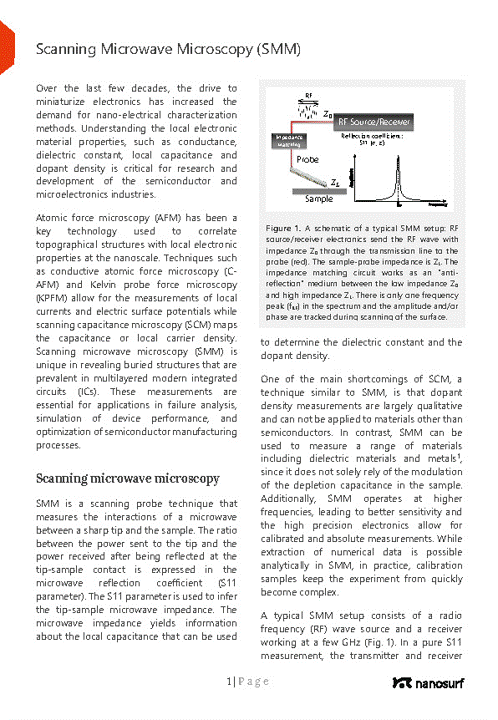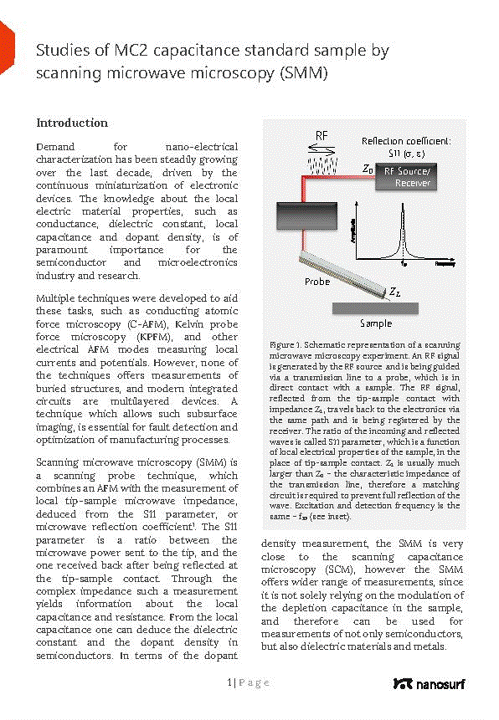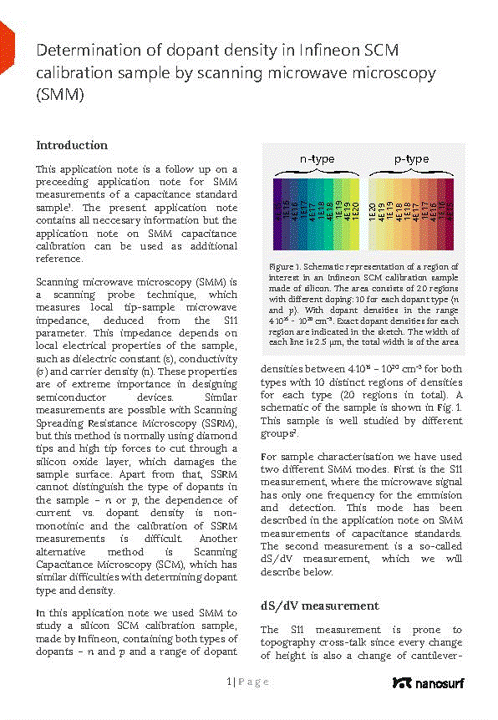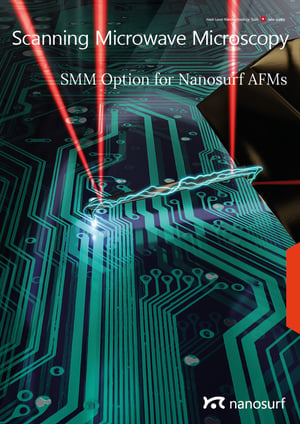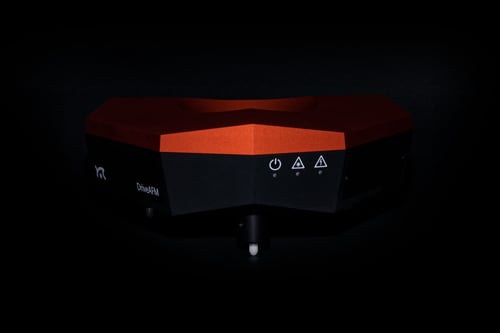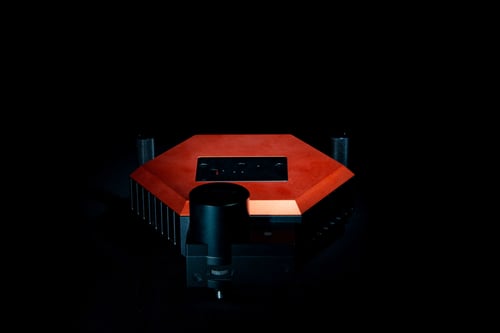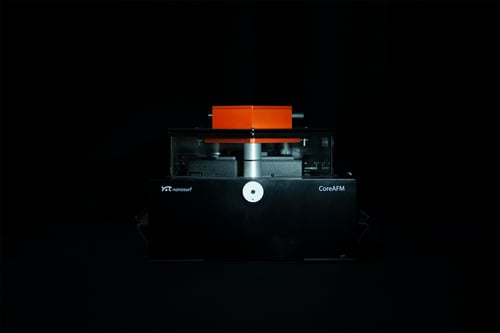It is quick to set up, easy to learn and only minimal sample preparation is needed.
- Fastest path to your SMM characterization
- Set up in 3 clicks
- Developed by Nanosurf: both AFM and SMM
An added benefit of Nanosurf's SMM solution is that both the AFM and SMM technology were developed at Nanosurf - resulting in better compatibility and improved customer support.

